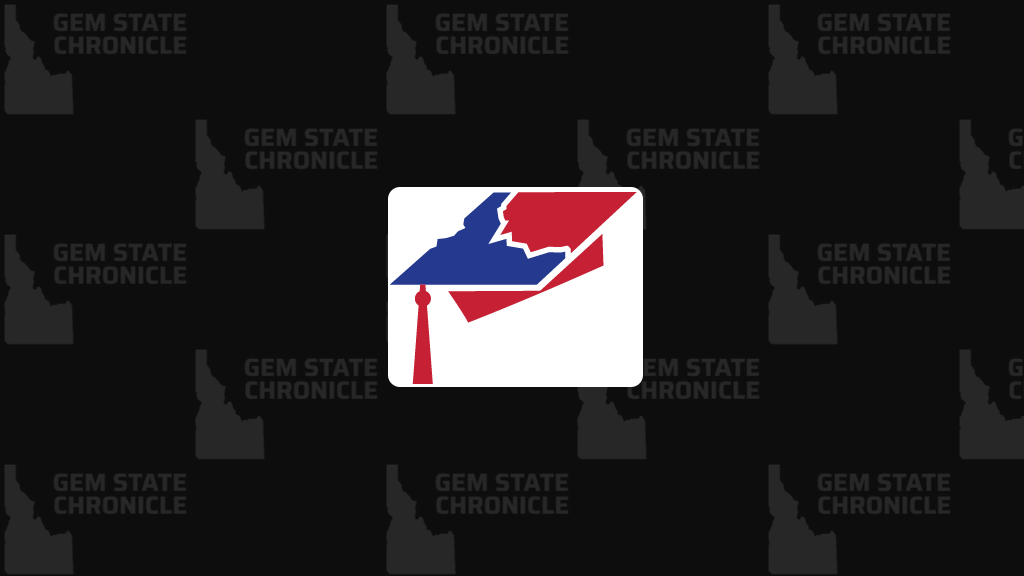In 1789 when the Founders drafted the Constitution they required that “The United States shall guarantee to every State in this Union a Republican Form of Government” and guaranteed to the people the right “to petition the Government for a redress of grievances”. However, such petitioning had nothing to do with today’s initiative process. Samuel Adams described petitioning for a redress of grievances as purely legislative in his 1770 article to the Boston Gazette, writing that the legislature’s “grand objective is the redress of grievances: and for this purpose… parliaments ought to be held frequently”.
Prior to 1898, no state in the nation provided the initiative as an option for crafting state law. In fact, at Idaho’s founding in 1890, our state constitution contained no such provision. The first state to adopt such a concept was South Dakota. Idaho added the initiative to our state constitution in 1912, although it would not be employed until the midst of World War II, nearly 30 years later. Almost every scholar agrees that the initiative is far from an American concept, originating in Switzerland. As Dr. E.P. Oberhotlzer put it in 1911, America’s adoption of the initiative represented a “wave of Swiss influence [sweeping] over the country”.
But has this foreign institution served us well? The answer is undoubtedly not. Here are five flaws in Idaho’s initiative process:
Unpopular with Voters:

Despite the common populist appeals about ‘democracy’, Idaho voters actually by and large dislike initiative proposals placed before them. In the last 80some years, Idahoans have seen 30 initiatives cross their ballots and have outright rejected 16 of them, and subsequently altered or repealed 5 more. This puts the acceptance rate at about 30%. In other words, Idaho voters reject or alter 70% of initiatives placed before them. For context, Joe Biden has higher approval ratings than the initiative. But maybe Idaho voters are just skeptical? Do they not trust any proposal placed before them? This is not an accurate assessment as seen by the Constitutional Amendment process. Idahoans have voted on 189 Constitutional Amendments, accepting 149 of them (although 4 were later altered or overturned). This constitutes a nearly 75% acceptance rating for Constitutional Amendments! If we include the voters’ rejection of referendums and approval of advisory questions this figure is noticeably higher in its approval of legislatively adopted proposals.
Why do voters approve of legislative actions 75% of the time but reject initiatives 70% of the time? As political scientist Kenneth Miller put it in 2001 “A well-functioning democratic system provides opportunities for refinement, informed deliberation, consensus building, and compromise. Legislative procedures tend to maximize these opportunities, whereas the initiative process by its nature undermines them”. Who would have thought that a process that makes you debate your ideas, compromise with your opponents, deliberate with your colleagues, and build consensus with your constituents would actually produce better results? The problem with most initiatives is they are cooked up in out-of-state policy labs, complete with the input of San Francisco socialists or Portland progressives but absolutely no input from the people’s representatives.
An analysis of recent initiatives nationwide confirms this assessment, finding that more than 55% of initiatives nationwide represented ‘narrow material gains’ for particular corporations or interest groups. The approval rate for these measures was less than 30% among the electorate. Very few citizens have the time, resources, connections, or money to launch an initiative campaign, but lobbyists and corporations do. When you add the necessary attorneys, consultants, fundraisers, and campaigners necessary to get an initiative across the finish line it becomes a process almost unattainable for any citizen. A citizen with a good idea calls his Senator, a corporation calls its consultant.
Disproportionate Representation:

A fundamental principle in both American and Idaho lawmaking is geographic representation. In the 1990’s Idaho voters reaffirmed their commitment to the principle of geographic representation in the lawmaking process by prohibiting ‘floterial districts’ in our state constitution. Our Constitution explicitly describes the initiative process as a ‘lawmaking’ process to be regulated by the legislature, which should imply that lawmaking principles (i.e. geographic representation) should apply. But the Idaho Supreme Court apparently didn’t get the memo, ruling that geographic signature requirements were unconstitutional because “the initiative/referendum power is a fundamental right, reserved to the people of Idaho, to which strict scrutiny applies”.
This interpretation of a lawmaking function as a fundamental right has grave implications for the proportion of voters represented in the process. Currently, Ada County (Idaho’s most populous county) is represented by 27 Legislators, making up 26% of Idaho’s lawmaking body. But, Ada County’s electorate represents 38% of the State’s total. The consequence? Idaho residents outside Ada County are 46% less influential in lawmaking via the initiative than they are through their elected representatives.
Expensive:

The Idaho Freedom Foundation estimates that the cost of placing a measure on the ballot, which includes the state voter guide, ballot print, and arguments for and against is $200,000 per proposal, with the signature verification involved with ballot initiatives that number is likely much higher. Although it is true that placing more than one initiative on the ballot is proportionally less expensive the savings are minimal. Including the signature verification costs of $200,000 is a very conservative estimate.
This means that the twenty-one failed/altered ballot initiatives have cost Idahoans over $4.2 Million (adjusting historical expenses for today’s dollars) on unpopular and ultimately rejected measures. This cost is simply not an appropriate expense to levy on the taxpayer. Why should citizens be forced to shoulder the cost of an election for a deeply unpopular ballot measure crafted by liberal policy analysts at UCLA? Had this process been more popular with voters and resulted in sound legislation then the advocates might have a case. But voters repeatedly reject these measures, why should they also be forced to pay for them?
Out-of-State Influence:

In Idaho’s most recent election, in which voters resoundingly rejected Proposition One by a margin of 7-3, Out-of-state spending was on full display. Of the $5.5 million spent to advocate for the proposal, almost all of it came from out-of-state backers. Nearly $4.5 million poured into Idaho from Super PACs and special interest groups to influence our election. By contrast, opponents of Prop. 1 received less than $3,000 from out-of-state donors.
If this process is truly an organic, citizen-led effort, why do other states take such a financial interest in the process? Why is $4.5 million spent on an initiative but not on lobbying legislators? Could it be that it is easier to incite a mob than it is to persuade a deliberative body? Surely, even the most die-hard supporters of the initiative process must see the insult it is to Idahoans to have Portland dollars spent to make laws in our state. Regulating this money is nearly impossible as courts have found that campaign donations are free speech, regardless of their state of origin.
Weaponization Against Political Opponents:
But even worse than the unpopular measures, disproportionate representation, burdensome expense, and out-of-state dollars are how the initiative process is used to undermine the people’s will. Voters in Idaho have repeatedly asked to move in a more conservative direction. The legislature continues to take on a more conservative flavor, and the Idaho Republican Party continues to become more conservative. Initially, skeptics argued that closed primaries were to blame, so they created Prop 1 which was rejected resoundingly. Republicans also gained 3 more seats in the legislature in 2024, increasing their supermajority yet again.
In light of this political opponents of Idaho’s new conservative movement are using the initiative to undermine the mandate given to conservatives by the people. Nearly 20 years ago political scientists identified this phenomenon, writing that “interest groups induce legislatures to respond favorably to group concerns by threatening to draft ballot measures for voter consideration” (Gerber, 1996). Out-of-state liberals have pushed ranked choice voting unsuccessfully but they are coming back. In 2026 voters will likely see initiatives to legalize abortion, decriminalize marijuana, and possibly another push to implement ranked-choice voting. In the coming years, voters will likely also see gun control, abolishing the Electoral College, and euthanasia cross their ballots.
These repeated efforts to push liberal legislation in a state that repeatedly asks for conservatism are a tactic. By constantly putting another initiative on the ballot, leftists force conservatives to expend volunteers, resources, money, and countless hours of time-fighting the latest out-of-state plot. Instead of delivering the kind of governance that voters asked for, Republicans are forced to side-track and fight another liberal policy being put on the ballot. This is comparable to the witch hunts and lawfare that was used to undermine President Trump during his initial time in office. In its current form, the initiative represents a threat to the will of the people and is a political weapon in the hands of radicals.
It is time for Idahoans to embrace the words of Samuel Adams and seek redress for our grievances through our elected representatives.
About Colton Bennett
Colton Bennett is a US Army veteran and resident of Moscow. He ran for State House of Representatives in 2024.












